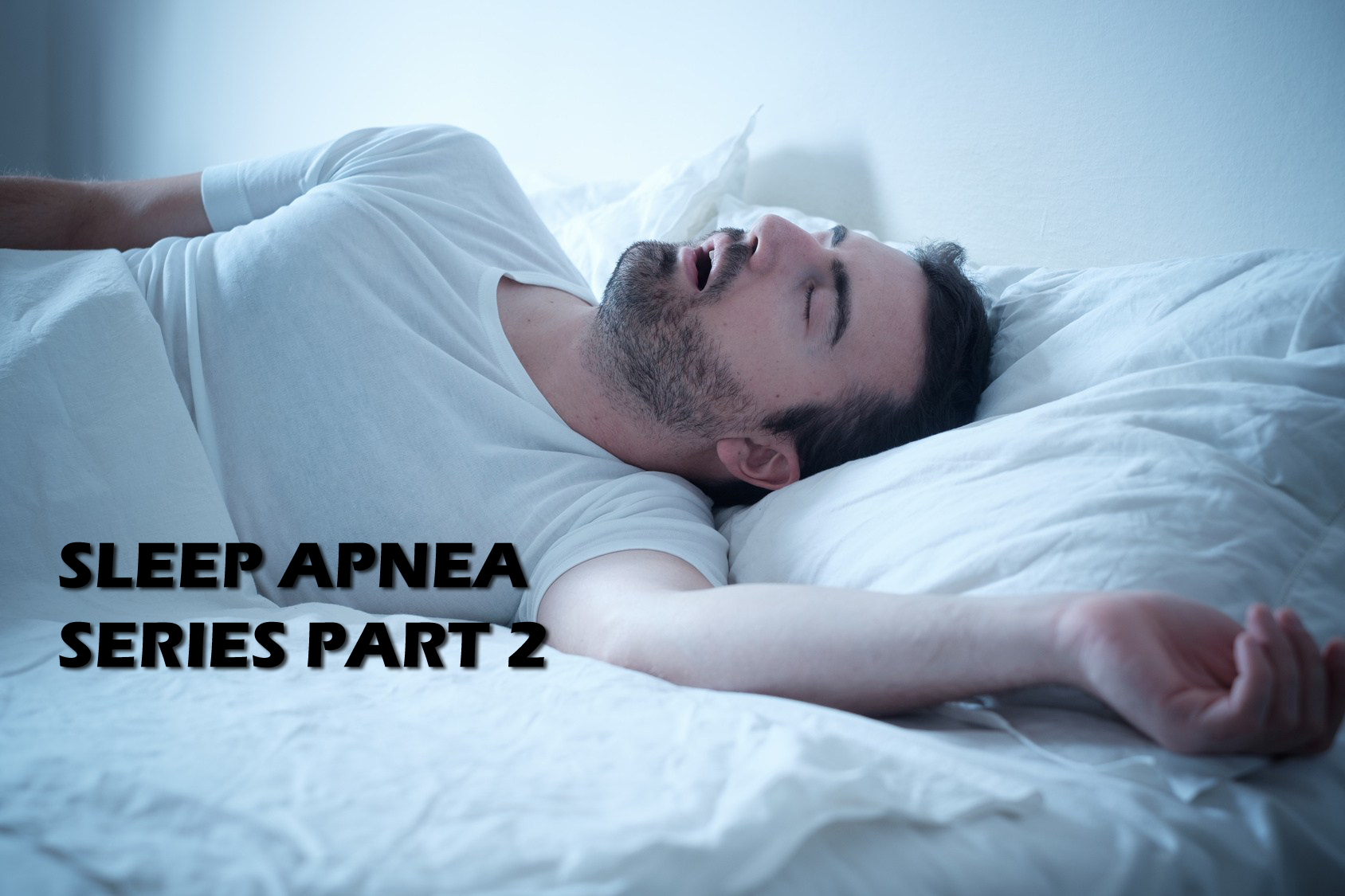SLEEP APNEA SERIES PART 2
Turns out, it’s not just a fat man’s disease!
Traditionally, sleep apnea was considered a fat man’s disease.
Even today, when most people think about sleep apnea they think about an obese male in his 40s or 50s snoring away keeping his partner up all night.
We now know this isn’t true: Sleep apnea affects men and women, young and old.
Yes, being overweight increases your chances of developing sleep apnea, but the reason it became known as a fat man’s disease is that they were the demographic who ended up being most frequently diagnosed with the illness.
The reality, however, is much different.
The truth is millions of people in North Ameri-can, men and women, have sleep apnea and don’t know it.
Why have women been undiagnosed or wrongly diagnosed?
While it is believed that men are twice as likely to have sleep apnea as women (however, after menopause women are as likely as men to have sleep apnea), men are diagnosed with it eight times more than women!
Why is this?
Four main reasons include:
1. Doctors don’t see a fat man and don’t think sleep apnea:
Because the woman in front of them doesn’t look like the stereotypical sleep apnea candidate, women have often been treated for other sleep disorders, such as insomnia, when in reality she has sleep apnea.
2. The right doctor
Women tend to talk about their sleep problems with their general practitioner, who brush off their concerns as something other than sleep apnea, whereas men have traditionally been sent to a sleep specialist to be tested for sleep apnea.
3. Quieter snoring
Women are less likely to report chronic and loud snoring as men.
In fact, when they do snore, their snoring tends to be quieter so the potential for sleep apnea isn’t singled as frequently.
4. Different Symptoms
Women present the illness differently: On top of their snoring being lighter, their breathing problems appear more subtle, and their apnea episodes are generally shorter and less frequent than men.
Also, women tend to talk more about different symptoms than men.
Women tend to talk about having headaches and mood disturbances rather than snoring and poor sleep, which leads to more misdiagnosis.
As a result, women have often been given medications, such as sleeping pills and antidepressants, instead of getting further tested for sleep apnea.
On top of all this, when we consider straight couples at least, experts say it seems men are less observant than women in terms of what’s going on next to them in bed.
Truth is, oftentimes men only seek treatment for obstructive sleep apnea because their female partner pushed them to it, whereas women are more likely to seek the help of a doctor on their own (only to not receive the right type of help).
So ladies, if you think you’re being misdiagnosed and might have sleep apnea, put yourself out there and ask to be tested for it.
If you don’t, health consequences can be dire (Read our first blog of this series here (link to Part 1)).
You can read more important information about sleep apnea here.






